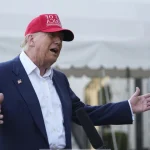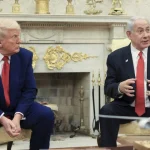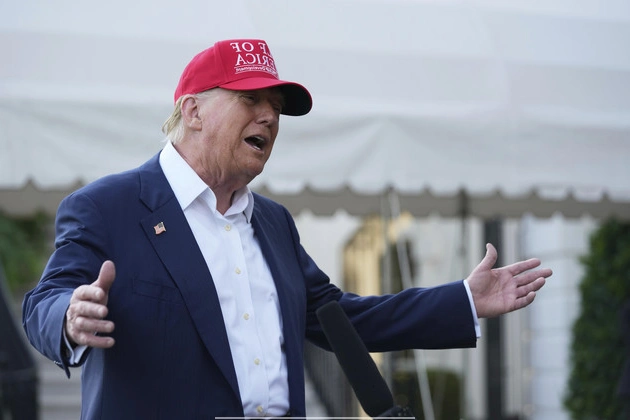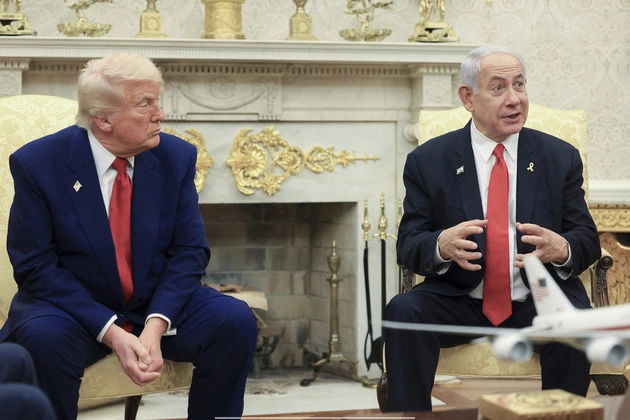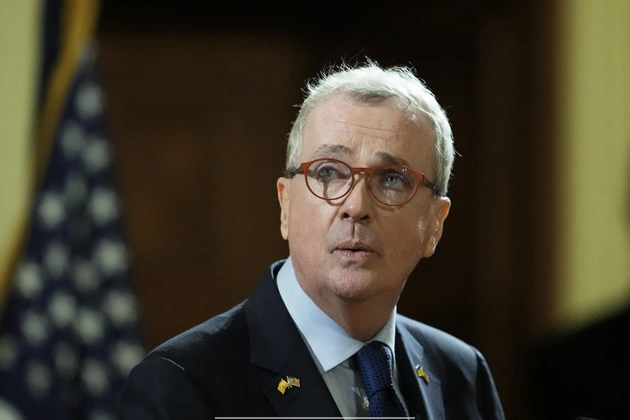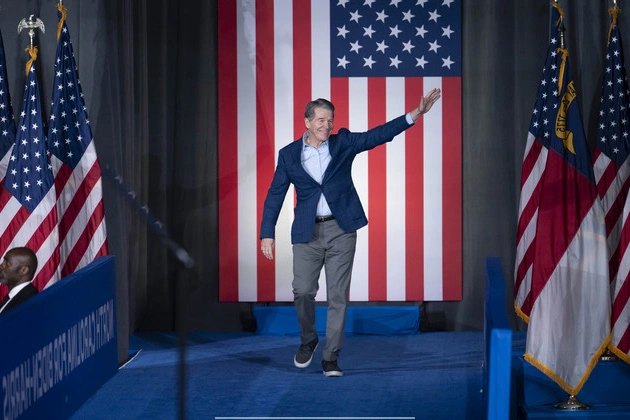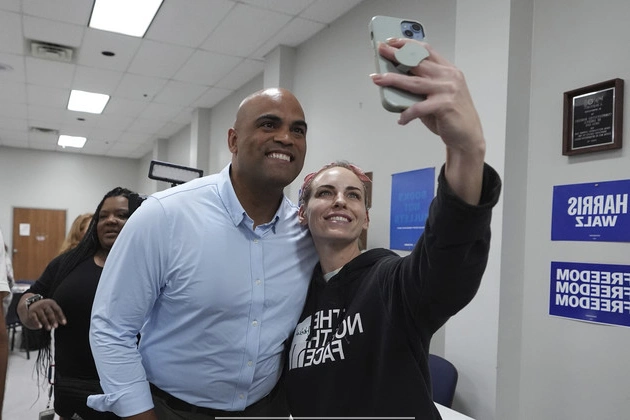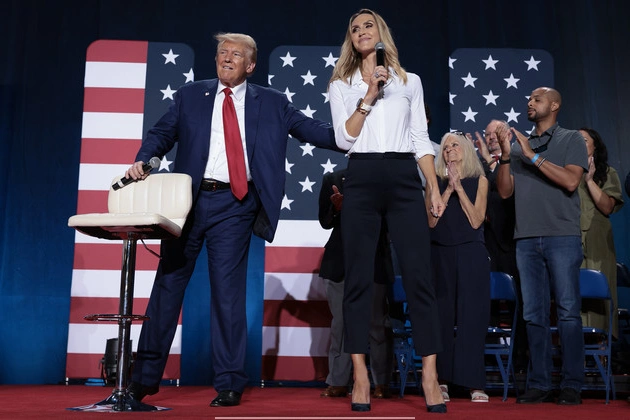
The Interplay Between Wall Street and Trump’s Trade Agendas
Donald Trump has described his trade war as a bold effort to prioritize Main Street concerns, the fulfillment of a promise to an American working class hurt by decades of globalization. However, the influence of Wall Street on his decisions cannot be overlooked.
The president’s recent shift in rhetoric towards China and Federal Reserve Chair Jerome Powell following market pressures and lobbying from business interests signals a delicate balancing act between populist appeals and corporate demands.
Key players like the Chamber of Commerce and CEOs of major retailers have expressed concerns about the impact of trade levies on small businesses and supply chains, leading to strategic adjustments in Trump’s tariff policies.
Despite Trump’s outward defiance towards Wall Street, the administration’s response to financial pressures, such as pausing tariffs under industry influence, underscores the sway of economic stakeholders on policy decisions.
The Messaging Dilemma: Main Street vs. Wall Street
Trump’s advisors, including Treasury Secretary Scott Bessent, have emphasized the interconnectedness of Wall Street and Main Street, highlighting the potential repercussions of alienating corporate interests on broader economic stability.
While Trump’s public stance may project indifference to Wall Street concerns, behind-the-scenes negotiations and policy shifts indicate a more nuanced approach influenced by economic indicators and market reactions.
However, the inherent volatility in Trump’s tariff strategies has raised uncertainties among investors and businesses, leading to calls for a more consistent and transparent trade agenda to mitigate market fluctuations.
Public Perception and Economic Realities
Amidst the trade tensions and market jitters, public sentiment towards Trump’s economic policies has fluctuated, with surveys reflecting concerns over the economy’s future trajectory and personal financial well-being.
The administration’s response to these challenges, including job creation efforts and regulatory reforms, aims to bolster confidence in the economy despite short-term market turbulence.
Republican strategists acknowledge the importance of a coherent tariff strategy to maintain voter support, particularly in critical regions affected by trade policies like the Rust Belt.
Charting the Path Forward
As the administration navigates the complexities of trade negotiations and economic uncertainties, the quest for sustainable trade agreements and market stability remains paramount.
While early-stage deals with various countries may signal progress, addressing fundamental trade barriers and ensuring a comprehensive trade strategy will be essential to fostering long-term economic growth and investor confidence.
Ultimately, the interplay between Wall Street dynamics and Trump’s trade policies underscores the intricate balance between economic pragmatism and political rhetoric in shaping global trade relations.
